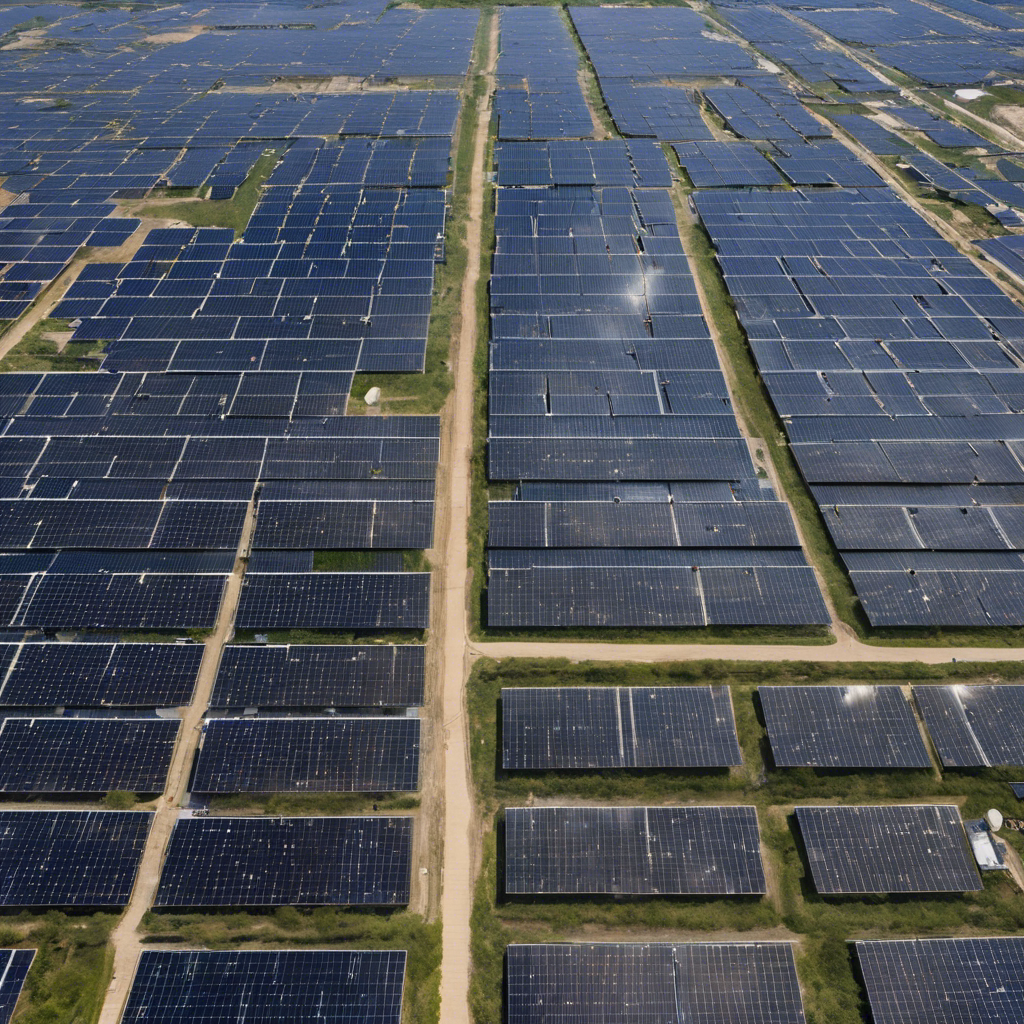Philadelphia’s Solar Field Brings City Closer to Renewable Energy Goals

A 230,000-panel solar field in rural Adams County will soon power Philadelphia’s buildings with renewable energy.
Philadelphia is making significant strides towards its goal of powering all city-owned buildings with renewable energy by 2030. A massive solar field, spanning 700 acres in rural Adams County, is set to provide the city with a substantial portion of its electricity needs. This project, initiated by Mayor Jim Kenney in 2018, was delayed by the pandemic but is now nearing completion. With the installation of 230,000 solar panels, the solar field will generate 80 megawatts of renewable energy, contributing between 23% to 25% of the city’s electricity requirements.
Overcoming Challenges and Negotiating Cost-Effective Solutions
The road to completing the solar field has not been without its challenges. The COVID-19 pandemic caused work stoppages and supply chain disruptions, resulting in delays. However, despite these setbacks, the project persevered, and the city negotiated a power purchase agreement that secured a favorable price of $44.50 per megawatt. This price is approximately 15% lower than the current electricity rates paid by the city, making the solar field a cost-effective solution for Philadelphia’s renewable energy goals.
A Stepping Stone Towards Sustainability
The solar field in Adams County represents a significant step towards Philadelphia’s commitment to sustainability and reducing its carbon footprint. By harnessing the power of the sun, the city will decrease its reliance on fossil fuels and significantly reduce greenhouse gas emissions. The 80-megawatt solar field will provide renewable energy to city-owned buildings, ensuring a cleaner and more sustainable future for Philadelphia.
Environmental Benefits and Community Impact
The environmental benefits of the solar field extend beyond reducing carbon emissions. By transitioning to renewable energy, Philadelphia will also improve air quality and reduce pollution, leading to a healthier and more sustainable environment for residents. Additionally, the solar field project has had a positive impact on the local community. During construction, it created job opportunities and stimulated the local economy. The project has also provided educational and training programs for community members, promoting renewable energy awareness and expertise.
A Model for Other Cities
Philadelphia’s commitment to renewable energy serves as a model for other cities across the country. As climate change becomes an increasingly urgent issue, cities are taking proactive steps to reduce their carbon footprint and transition to cleaner energy sources. By successfully implementing the solar field project, Philadelphia demonstrates that ambitious renewable energy goals can be achieved through strategic planning, collaboration, and innovative solutions.
Future Expansion and Continued Progress
While the solar field in Adams County is a significant achievement, Philadelphia’s journey towards renewable energy is far from over. The city continues to explore additional opportunities for expanding its renewable energy infrastructure. As technology advances and costs decrease, the potential for further solar and wind projects becomes more feasible. Philadelphia’s commitment to renewable energy is an ongoing effort, with the goal of creating a sustainable and resilient city for future generations.
Conclusion:
Philadelphia’s solar field in Adams County marks a major milestone in the city’s pursuit of renewable energy. By generating 80 megawatts of renewable energy, the solar field will power a significant portion of Philadelphia’s city-owned buildings, bringing the city closer to its goal of powering all buildings with renewable energy by 2030. Despite challenges posed by the pandemic, Philadelphia has persevered, negotiating a cost-effective power purchase agreement and demonstrating its commitment to sustainability. The solar field not only reduces the city’s reliance on fossil fuels but also provides environmental benefits and stimulates the local economy. Philadelphia’s success serves as a model for other cities, inspiring them to take bold steps towards a cleaner and more sustainable future. As the city continues to expand its renewable energy infrastructure, Philadelphia remains at the forefront of the fight against climate change, setting an example for cities worldwide.

